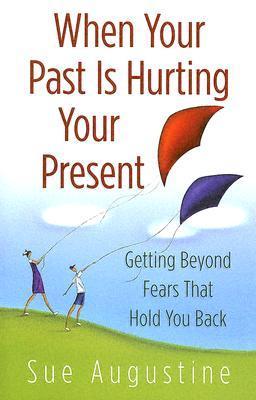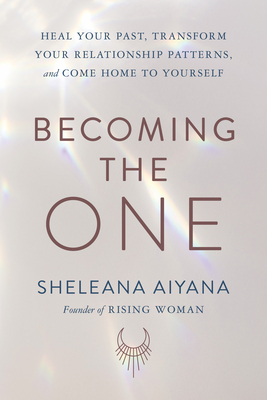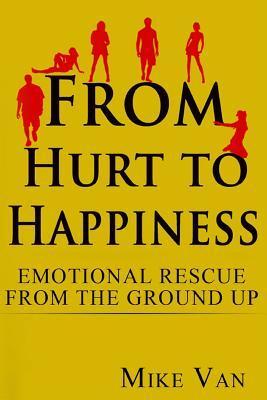
When Your Past Is Hurting Your Present: Getting Beyond Fears That Hold You Back
Book Description
Haunted by shadows of the past, countless lives are frozen in fear, stifling potential and preventing joy. “When Your Past Is Hurting Your Present” unveils a transformative journey where deep-seated anxieties crumble, opening doors to new beginnings. With empowering insights and actionable strategies, Sue Augustine crafts a poignant narrative that illuminates the obstacles that bind us, inspiring a bold reclamation of a life often overshadowed by yesterday's pain. Emotional scars don't have to dictate the present. Are you ready to break free and embrace the life you deserve?
Quick Book Summary
"When Your Past Is Hurting Your Present" by Sue Augustine is a compassionate guide for anyone feeling shackled by painful memories or emotional wounds. The book explores how unresolved issues and traumas from the past can unconsciously dictate current behavior and emotional responses, often resulting in fear, anxiety, and self-sabotage. Augustine combines personal stories, psychological insights, and practical exercises to help readers identify and confront these barriers. With empathy and encouragement, she leads readers on a step-by-step process to release past hurts, challenge self-defeating beliefs, and replace them with hope and self-acceptance. By addressing fears, fostering forgiveness, and cultivating resilience, Augustine demonstrates that it's possible to break free from the burdens of yesterday and reclaim a future filled with possibility and joy.
Summary of Key Ideas
Table of Contents
Understanding the Root of Emotional Pain
Sue Augustine begins by unpacking the ways in which past experiences—whether traumatic events or subtle childhood wounds—can leave lingering effects on our psyche. She explains how unhealed pain from earlier in life often resurfaces as emotional triggers, shaping the way we perceive ourselves and the world around us. Augustine emphasizes the necessity of recognizing these hidden wounds as the first step toward personal freedom, inviting readers to practice self-reflection and acknowledge the real sources of their pain.
Breaking the Cycle of Negative Patterns
The book delves into how unresolved past hurts contribute to negative thought patterns and self-sabotaging behaviors. Augustine discusses how fear, perfectionism, and a persistent feeling of inadequacy often have their roots in early experiences that taught unhelpful coping mechanisms. She offers strategies for breaking these cycles, such as reframing negative self-talk, identifying limiting beliefs, and adopting healthier perspectives. The aim is to empower readers to replace harmful patterns with supportive and life-affirming habits.
The Role of Forgiveness in Healing
Central to the journey of healing is the concept of forgiveness—not just toward others, but also toward oneself. Augustine highlights how resentment and guilt can keep individuals trapped, unable to move forward. Through practical exercises, she encourages readers to let go of the emotional burdens tied to past misunderstandings and betrayals. By practicing forgiveness, people can create emotional space for growth and joy, dissolving the grip that old wounds can have on daily life and relationships.
Building Resilience and Self-Worth
Building resilience and self-worth features prominently as Augustine guides readers through strategies to bolster inner strength. She focuses on cultivating self-compassion, setting appropriate boundaries, and learning to trust oneself again. By developing these qualities, readers increase their capacity to handle future challenges without reverting to old, harmful responses. Augustine uses stories of transformation to illustrate how resilience is nurtured through practice and self-affirmation.
Embracing Transformation and New Beginnings
In the final section, Augustine inspires readers to embrace transformation and the hope of new beginnings. She insists that the past does not determine the future, and shares methods for setting meaningful, achievable goals that align with a renewed sense of purpose. Through visualization, positive affirmation, and community support, individuals can create authentic change and fulfillment. Augustine’s encouragement helps readers believe in the possibility of joy and success, regardless of their histories, ensuring the past no longer holds them captive.
Download This Summary
Get a free PDF of this summary instantly — no email required.





